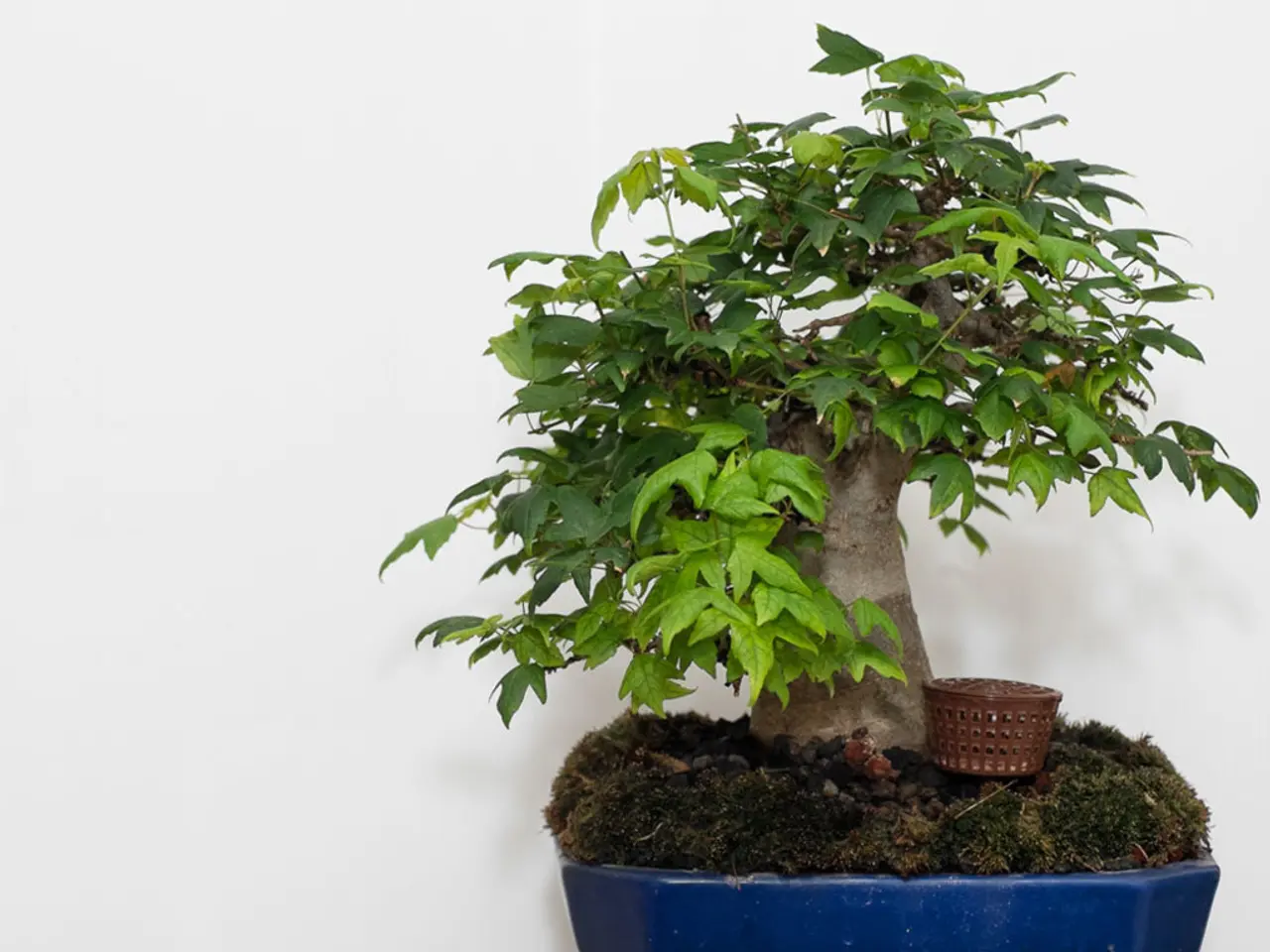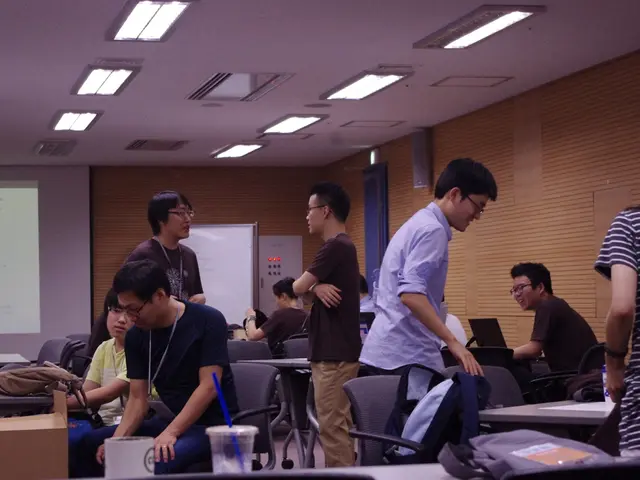Understanding Botany via Bonsai: Pedagogical Benefits
In the realm of horticulture, bonsai trees stand out as more than just miniature replicas of their larger counterparts. They serve as a living model for studying fundamental plant science principles, offering a unique and captivating learning experience.
Bonsai trees are subject to various environmental stressors, making them ideal for investigating the impact of temperature, humidity, light, and wind on plant growth and development. Understanding these factors is crucial in optimising bonsai care and unlocking the secrets of plant adaptation and resilience.
One of the key aspects of bonsai cultivation is the management of growth. Repeated trimming of branches and roots restricts the overall size and encourages denser, smaller leaves and needles, demonstrating how plants allocate resources and regulate growth under constraints.
The confined soil volume in bonsai pots demands careful watering and fertilization regimes, illustrating how plants adapt to limited nutrient and water availability. This adaptation is particularly noteworthy as more than 90% of a plant's root system is colonized by microorganisms, which play a pivotal role in facilitating nutrient uptake, defending against pathogens, and modulating plant hormone signaling.
Bonsai roots forge symbiotic relationships with these microorganisms for nutrient uptake. Microorganisms, including bacteria and fungi, break down organic matter, fix nitrogen, and solubilize minerals, enabling the bonsai tree to thrive even in the smallest of pots.
Understanding the intricate relationships between microorganisms and the bonsai tree can optimize bonsai care. For instance, high temperature increases transpiration rates and alters leaf structure, while drought causes reduced transpiration rates and increased root growth. Conversely, low light reduces photosynthesis rates and increases chlorophyll production.
Urban air pollution mitigation can also be facilitated by bonsai trees, as they absorb pollutants like particulate matter, ozone, and volatile organic compounds through their leaves and roots. This makes bonsai trees not just a fascinating study subject, but also an essential component in our urban landscapes.
By studying bonsai trees' responses to environmental stressors, observers can gain a deeper understanding of the intricate mechanisms of adaptation and resilience. This understanding is further enriched by the fact that bonsai trees can thrive indoors without natural sunlight, provided sufficient artificial light is available.
Bonsai cultivation serves as a verdant gateway to the intricate domain of plant science and ecology, offering a rich and nuanced learning experience. It provides practical insights into growth regulation, root pruning, water and nutrient management, and responses to environmental stresses. Through bonsai techniques, one can observe how controlled pruning (both branches and roots) influences plant morphology, promotes miniature growth forms, and affects physiological balance.
Moreover, bonsai as an educational tool offers a hands-on experience to develop a deeper understanding of the complex relationships between plants, soil, water, and microorganisms. It offers a glimpse into the long-term plant development and aging, providing insights into perennial plant life cycles, senescence, and structural tissue development over time.
By embracing the scientific essence of bonsai, one can unearth a profound appreciation for the intricate harmonies that govern the natural world. Within a bonsai pot, a complex network of relationships between plants, soil, water, and microorganisms illustrates the intricate interconnectedness of nature. Thus, bonsai serves as a living model for studying how plants integrate growth controls, resource management, and environmental interactions, deepening understanding of plant physiology and developmental biology on a miniature scale.
- The science behind bonsai trees can help us better understand sleep patterns, as the manipulation of light and dark cycles is crucial in their care.
- In the workplace-wellness context, bonsai's management of medical conditions like chronic diseases, cancer, and respiratory conditions, can serve as a metaphor for individual resilience and well-being.
- Digestive health can be linked to bonsai's carefully controlled watering and fertilization regimes, demonstrating how plants and humans both adapt to limited resources.
- Eye-health can benefit from bonsai's ability to thrive indoors under artificial light, offering a potential solution for those with vision-related conditions.
- Hearing can be affected by the noise levels in the workplace-wellness environment, as high noise levels can stress bonsai trees just as they can stress humans.
- Health-and-wellness professionals can learn from the bonsai's strategies for overcoming adversity, paralleling the treatment and recovery from various conditions.
- Fitness-and-exercise routines can be improved by incorporating bonsai pruning techniques, promoting focus, precision, and a mindful approach to physical tasks.
- Sexual-health can have its understanding enhanced by studying the reproductive cycles of bonsai trees, illuminating the intricacies of life cycles and growth processes.
- Autoimmune-disorders can be better understood through the study of bonsai's symbiotic relationships with microorganisms, particularly in the context of disease resistance and immune function.
- Climate-change discussions can incorporate bonsai trees' air-pollution-absorption capabilities, highlighting their environmental benefits and potential roles in offsetting urban pollution.
- Mental-health can be promoted by the stress-reducing and meditative aspects of bonsai cultivation, allowing individuals to contemplate, reflect, and find peace.
- Mens-health can benefit from the parallels between bonsai growth patterns and testosterone-related physiological processes, suggesting potential insights into hormonal balance and development.
- Skin-care routines can learn from the techniques used to keep bonsai trees free of pests and diseases, such as the use of oils and topical treatments.
- Therapies-and-treatments for various health conditions can be informed by the bonsai's adaptability and resilience, offering new avenues for understanding and addressing health concerns.
- Nutrition can be explored through the examination of bonsai trees' dietary needs and preferences, helping individuals make more informed food choices.
- Aging can be studied on a miniature scale by observing the development and senescence of bonsai trees, offering insights into the natural progression of life.
- Women's-health can benefit from the examination of the reproductive cycles and hormonal balances in bonsai trees, providing a useful analogy for human health and wellness.
- Parenting and weight-management can be taught through lessons on bonsai's responsive care and resource management, emphasizing the importance of balance, patience, and long-term planning.






